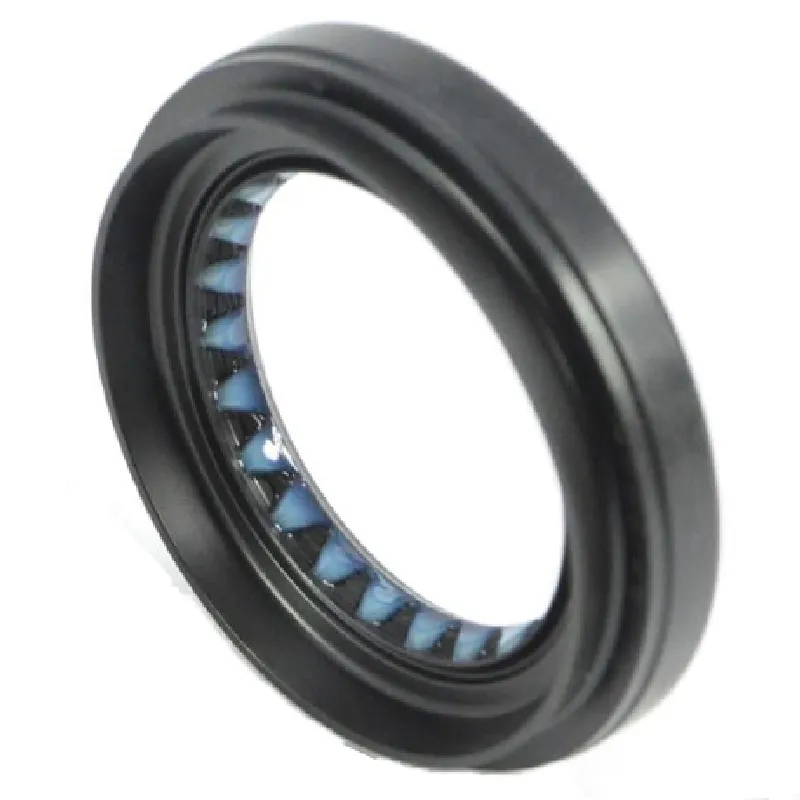marine shaft seals
Marine Shaft Seals Ensuring Reliability and Performance in Marine Applications
Marine shaft seals are critical components in various marine applications, including boats, ships, and submarines. These seals play a vital role in preventing water ingress into the vessel while allowing for the smooth operation of rotating shafts, such as those connected to engines or propellers. As the marine industry continues to evolve with advancements in technology and engineering, ensuring the reliability and performance of marine shaft seals has become increasingly important.
Understanding Marine Shaft Seals
At its core, a marine shaft seal is designed to create a barrier between the outer environment and the internal mechanisms of marine equipment. There are primarily two types of marine shaft seals mechanical seals and lip seals. Mechanical seals utilize a pair of smooth surfaces that interlock under pressure, minimizing fluid movement between the two surfaces. Lip seals, on the other hand, incorporate a flexible lip that drapes over the shaft and deforms under pressure to create a tight seal.
Both types of seals are engineered to withstand harsh marine conditions, which can include exposure to saltwater, varying temperatures, pressure changes, and debris in the water. High-quality materials such as elastomers, metals, and composites are commonly used to enhance durability, corrosion resistance, and overall longevity of the seals.
The Importance of Marine Shaft Seals
The significance of marine shaft seals is underscored by their role in ensuring the safety and efficiency of marine vessels
. In the absence of effective seals, water could infiltrate critical components, leading to equipment failure, loss of buoyancy, and, ultimately, potential accidents. For instance, in propeller shafts, any water ingress can lead to severe corrosion and mechanical failure, which can compromise the vessel’s performance and safety.Beyond safety, functioning shaft seals contribute to the efficiency of marine operations. A well-sealed shaft minimizes friction, leading to reduced energy consumption and improved propulsion performance. This not only enhances the vessel's operational capabilities but can also translate to lower fuel costs and increased overall efficiency.
marine shaft seals

Selection and Maintenance
Selecting the appropriate marine shaft seal involves considering multiple factors. The type of vessel, operating conditions, shaft diameter, and the specific application all play a role in determining the best seal type. Additionally, it is crucial to assess the environment in which the seal will operate. For example, vessels operating in highly corrosive environments might require seals made from specialized materials designed to withstand harsh conditions.
Regular maintenance and inspection of marine shaft seals are vital to ensuring their performance and longevity. Operators should conduct routine checks to detect leaks, wear, or any signs of degradation in the seal material. Timely replacement of worn-out seals can prevent water ingress and the subsequent damage it can cause to machinery and vessel integrity.
Innovations in Marine Shaft Seals
With advancements in technology, marine shaft seals are becoming more sophisticated. Innovations include the development of self-lubricating seals, which reduce the need for regular lubrication maintenance, thus enhancing operational efficiency. Additionally, enhanced materials are being utilized to improve resistance to wear and degradation caused by exposure to harsh marine environments.
Digital monitoring systems are also gaining traction, as they provide real-time data on seal performance and condition. This proactive approach allows for early detection of potential issues and facilitates timely interventions, reducing the risk of catastrophic failures.
Conclusion
In conclusion, marine shaft seals are indispensable components in the maritime industry, offering vital protection against water ingress while optimizing the performance of marine vessels. As technology continues to advance, the future of marine shaft seals appears promising, with innovations that enhance their reliability and efficiency. For vessel owners and operators, understanding the significance of these seals and committing to regular maintenance will not only safeguard marine operations but also extend the lifespan of their equipment, ensuring safer and more efficient journeys on the water.
-
Understanding the Front Main Engine Seal: Purpose, Maintenance, and Installation
News Jul.29,2025
-
Understanding O-Rings and Seal Rings: Types, Applications, and Custom Solutions
News Jul.29,2025
-
Understanding Crankshaft Oil Seals: Rear Seals, Pulley Seals, and Their Role in Engine Integrity
News Jul.29,2025
-
The Importance of Front and Rear Crankshaft Seals in Engine Performance and Oil Management
News Jul.29,2025
-
Crank Oil Seals: Functions, Types, and Cost Considerations in Engine Maintenance
News Jul.29,2025
-
A Comprehensive Guide to O-Rings and Seals: Types, Materials, and Global Applications
News Jul.29,2025
-
Mastering Diesel and Performance Engine Maintenance: A Guide to Critical Oil Gaskets
News Jul.28,2025
Products categories















